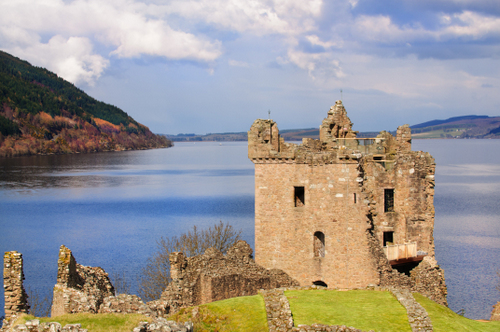Characteristics of ecotourism
If it cannot easily be pinned down by a definition (Donohoe and Needham 2006) then it certainly can be identified by some characteristics. One of these characteristics is that it is designed to attract tourists to natural environments that are unique and accessible. Other characteristics include a conservation element to its activities, a cultural element, an aspiration to benefit indigenous populations and a further educational component.
Ecotourism has another face, because even if you are not located in an exotic natural setting it is still possible to practice ecotourism (Ceballos-Lascurain 1996). The IUCN’s Ecotourism Programme defines it as (Ceballos-Lascurain 1993):
“…environmentally responsible travel and visitation to relatively undisturbed natural areas, in order to enjoy and appreciate nature (and any accompanying cultural features - both past and present) that promotes conservation, has low visitor impact and provides for beneficially active socio-economic involvement of local populations.” (Ceballos-Lascurain 1993: 20)
Ecotourists are “...motivated to travel in small groups, learn about wildlife and culture with a local guide, and help support local conservation and sustainable development.
(Wood 2002: 19)
